Colour – Why Making the Right Choice Matters
We will provide guidance on the why picking the right colour really matters.

Have you ever stopped to consider how your branding affects potential customers or clients?
You may be surprised to learn that “colour is registered by the brain before either images or typography”. That’s an incredible statistic that applies to general branding, logos and web design. Indeed, colour psychology has many benefits if you are looking to forge a strong visual identity. Let’s discover why making the right choice matters to the success of your business.
To Convey Your Company’s Values
The University of Loyola discovered that “60% of the time people will decide if they are attracted or not to a message – based on colour alone”. Clearly, colour speaks volumes about your business and its values. These values should align with those that your customers or clients hold dear. It tells them whether you are worthy of taking their hard-earned money.
Harvard professor Gerald Zaltman’s ‘How Customers Think’ confirms this, stating “95% of customers make their buying decisions subconsciously”. Colour, can therefore make the difference between checking out and logging off beforehand. Customers need to perceive your values quickly. They’ll feel lost and lose confidence in your brand otherwise.
Colour connotations are effective branding tools that affect how your business is received (see below). Based on “connecting past experience and memories to feelings and behaviours” this overall mood can persuade a customer to purchase from you rather than a competitor, if presented correctly.
It’s Due to Human Evolution
How does this work? Our reliance on colour as signposts is due to our evolutionary journey as humans. Today, “vision is the primary source for all our experiences”, with 80% of what we receive being sight-based. As a visual medium, colour can trigger them to trust your business. Plus, it will enhance what you have to say – your copy and content.
To Tap into Colour Psychology
Having understood the science of colour’s impact on your branding, you may well be wondering what each colour ‘means’. Here is a breakdown of popular colours used in marketing:
Red
The most intense colour, red creates strong feelings. Think of The Red Cross, British Heart Foundation and Youtube. Each one’s message is about taking action. Connotations of danger and blood make it ideal for the two charities’ fundraising aims. Youtube wants you to click on a play button to watch its videos.
Best for charities and those that want to inspire action.
Orange
Inspiring creativity (Blogger), play (Nickelodeon), adventure (Harley Davidson), and tasty food and drink (Fanta), there is a positive energy about orange. Studies have shown orange “increases oxygen supply to the brain, produces an energizing effect, and stimulates brain activity”.
Best for companies that don’t take themselves too seriously.
Yellow
As with sun-filled days, yellow signifies happiness, optimism and discovery (Amazon). It is used to energise customers and is joyful.
Best for businesses in travel (Expedia), logistics (DHL), leisure (Ferrari) and entertainment (IMDB).
Green
As one of the dominant colours in nature, green is used to suggest renewal, balance, revitalisation and encouragement.
Best for agricultural (John Deere), health food (Holland and Barrett) and environmental brands/organisations (The Environment Agency), who want to show their planet-friendly credentials.
Blue
As the world’s favourite colour (Artsy), companies that choose blue can create a calming sense of reliability. It can strengthen a new brand’s standing.
Best for tech companies (Dell, Facebook, Twitter, HP and more).
Purple
You can give your brand a luxurious touch by evoking the colour of royalty and power in your branding. It inspires the viewer’s imagination.
Best for brands who want to imply a premium product (Cadbury) or service (Zoopla, Purple Bricks).
Pink
This colour is heavily used in brands that cater for women. It communicates love, romance and femininity.
Best for women’s, mother and baby, or beauty brands (Avon, Benefit).
White
Virtuous, pure and clean, white is simple and effective. Many brands use it to offset their logo or branding’s other colour(s).
Best for use in medical and health practices to signify cleanliness and hygiene (Oral B).
Black
Black makes a style statement given its elegant boldness (Chanel). It is also timeless as the predominant colour used in traditional printing and digital copy.
Best for professional services (including legal) or brands who don’t want colour to distract their viewers’ eyes from the rest of the website.
With this in mind, a brand can communicate its unique values or mission to form lasting brand loyalty through relatable emotions.
To Relate to Your Ideal Customer Base
Consider the effect of these branding efforts, as a consumer:
- A cosmetics company with a brown logo
- A recycling firm that uses red leaves in its branding
- An orange and pink solicitor’s sign
- A medical business with black and yellow brochures.
The chances are you wouldn’t readily connect with these organisations’ values. You would simply move on to another business.
So, while you could differentiate yourself slightly from the crowd, there is the risk that contradictory colours in your branding could alienate your intended customer base, depending on your target audience.
Familiarity
A lot of thought and skill should go into choosing a brand’s colour palette. After all, using the same few colours consistently provides a sense of familiarity in clients and customers’ everyday lives. This helps them to remember you and your values among the competition. This familiarity can then break down buyer indecisiveness.
Increasing Conversion Rates
An experiment by Getuplift shows how they utilised emotional triggering to increase their conversation rates by 24%. How did they do this? It was simply by changing various aspects such as the colours used. With nearly a quarter more conversions seen here, it seems colour psychology can play its part in sealing the deal. That’s a clear reason why you should avoid choosing your favourite colours.
Avoid Lost in Translation Moments
Whilst you may have a stunning logo that is effective in your own country, you should never assume that it will travel well. Colour meanings often vary dramatically across different cultures. Take white for example. Whilst the West perceives it as peaceful and pure, Indian customers would associate it with funeral attire. It is therefore unlikely that a health or medical product/service would be well received in India if the branding predominantly used white. Discover what colours mean in other cultures for a helpful look at global differences.
So why making the right choice matters – Conclusion
Making the wrong choice can have a huge impact on your target audience. Taking the above into consideration is important when planning your marketing materials, website or initial branding. Are you phased by the thought of choosing the right colours for your branding? Worried your website will give off the wrong first impression? Get in touch today to discover how our award-winning branding and web design services can simplify your marketing efforts.
If you are enjoying this article please read our blog Why a brand is important and why it’s not just a logo, Using OptinMonster to drive engagement and sign up users to blogs, Why use premium hosting for your website? or Things to consider in a domain name all of which are important to reaching clients and increasing sales/business opportunities.





